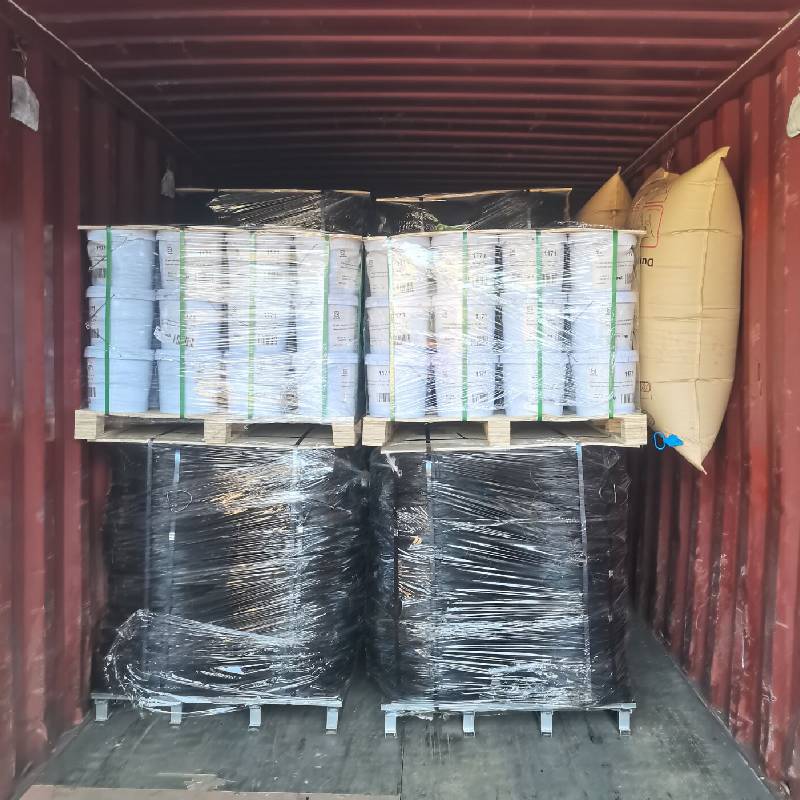
- Mobile Phone
- +8613931874955
- sales@cntcmetal.com
cattle fencing cost
Understanding Cattle Fencing Costs A Comprehensive Guide
When it comes to managing a successful cattle operation, effective fencing is a critical consideration. Not only does it ensure the safety and containment of cattle, but it also helps in preventing potential damages to crops and neighboring properties. However, the cost of fencing can vary considerably based on several factors, making it essential for farmers and ranchers to understand what influences these costs.
Types of Fencing
Before diving into the costs, it's important to understand the types of fencing available for cattle. The most common options include
1. Barbed Wire Fencing This is one of the most popular and cost-effective methods for cattle fencing. Barbed wire consists of sharp barbs at intervals along the wire, helping deter cattle from pushing against it. The average cost of barbed wire fencing is typically between $1.50 to $3.00 per linear foot.
2. Electric Fencing Electric fencing is increasingly gaining popularity due to its effectiveness in containing cattle. It requires a power source (either battery-operated or mains-powered) and can deter animals from escaping or intruding. This type typically costs between $2.00 to $4.00 per linear foot, depending on the technology used.
3. Wooden Fencing Wooden fencing provides a rustic aesthetic and can be very durable if properly maintained. However, it tends to be significantly more expensive, costing anywhere from $5.00 to $10.00 per linear foot. The costs can increase further depending on the type of wood used.
4. High-Tensile Wire Fencing This sturdier option is made of thicker wires and is known for its durability and long lifespan. The cost for high-tensile wire fencing is generally between $3.00 to $6.00 per foot.
5. Vinyl Fencing While less common for cattle, vinyl fencing can be an attractive option. It’s virtually maintenance-free but comes with a higher price tag of $10.00 or more per linear foot.
Factors Affecting Fencing Costs
Understanding the factors that influence the cost of cattle fencing can help in budgeting and making informed decisions
cattle fencing cost

1. Material Costs The type of fencing material selected plays a significant role in overall expenses. Steel, for example, can be more expensive than wood or wire. Additionally, supply chain fluctuations can impact material prices unpredictably.
2. Labor Costs Installation can often require professional help, adding to the total costs. Hiring contractors will vary by region, but labor fees can range from $30 to $50 per hour.
3. Length of Fencing Naturally, the larger the area to be fenced, the higher the total cost. Projects for larger herds will require more materials and labor.
4. Terrain and Site Preparation The physical characteristics of the land being fenced can also affect costs. Rocky or uneven terrain may require additional effort and materials, thus escalating expenses.
5. Permitting and Regulations Depending on local regulations, you may need to obtain permits for fencing, especially if it borders public land. This can add administrative costs to the project.
6. Maintenance and Longevity Some fencing types may incur additional costs over time due to maintenance needs, like painting or replacing broken sections. This factor is crucial when evaluating the long-term financial commitment of different fencing options.
Budgeting for Cattle Fencing
Budgeting for cattle fencing involves careful planning. It’s recommended to conduct a comprehensive assessment of the land to determine the type and length of fencing required. Farmers should also consider future needs, such as expanding herds or changing land use, which might necessitate additional fencing.
Additionally, exploring options for financing or grants aimed at agricultural development may provide financial relief. It’s also wise to seek multiple quotes from different contractors to ensure a competitive price for installation.
Conclusion
Investing in quality cattle fencing is crucial for the success and sustainability of any cattle operation. While initial costs may seem daunting, the long-term benefits of ensuring the safety and productivity of the herd can far outweigh the initial expenditure. By understanding the different types of fencing available and the various factors that affect costs, farmers can make informed, economical choices that support their agricultural goals.
share:
-
Yard Sign Stakes: Reliable Guardians of Outdoor SignsNewsAug.04,2025
-
Wall Ties: Invisible Guardians of Building StabilityNewsAug.04,2025
-
Resilient Web: The Super Guardian Power of Concrete MeshNewsAug.04,2025
-
Masonry Accessories: A versatile assistant on building foundationsNewsAug.04,2025
-
Iron Binding Wire: the 'invisible reinforcement specialist' in the fields of architecture and industryNewsAug.04,2025
-
Dynamic Spring: The diverse functions and excellent performance of Wire Tension SpringNewsAug.04,2025
-
Your Source for Concrete Wall Ties and Masonry AccessoriesNewsJul.10,2025



















